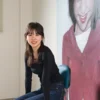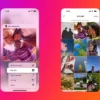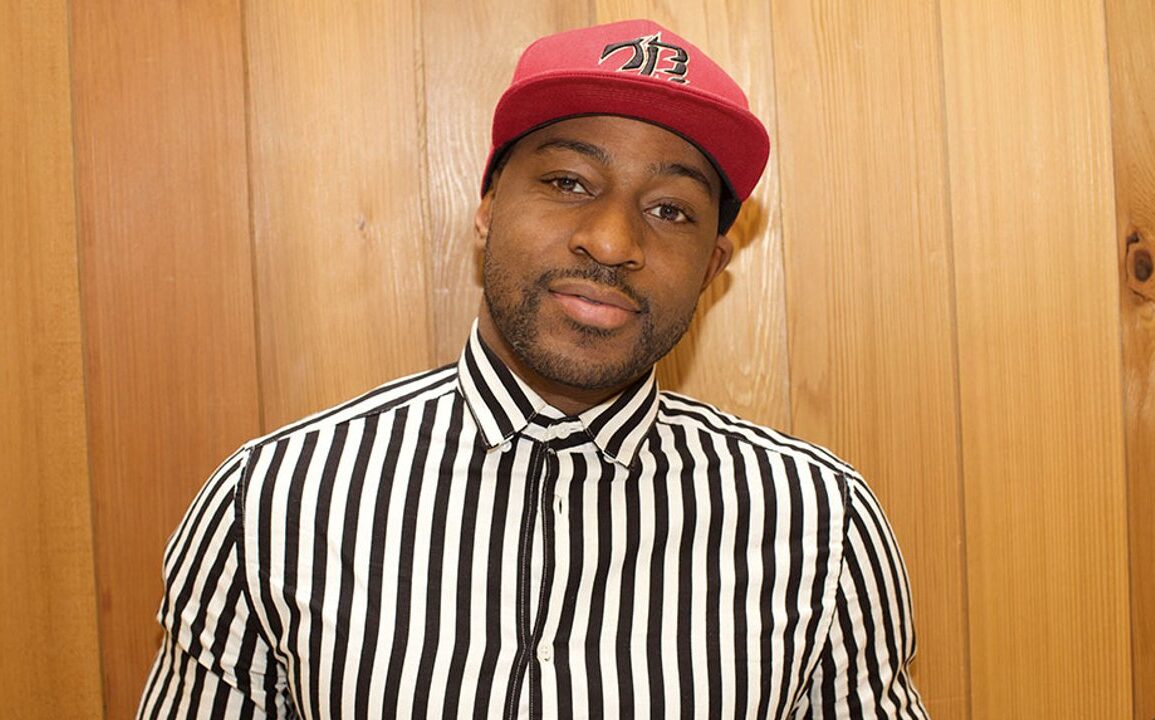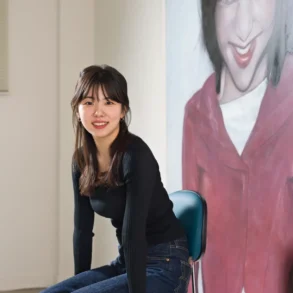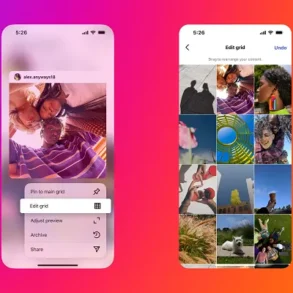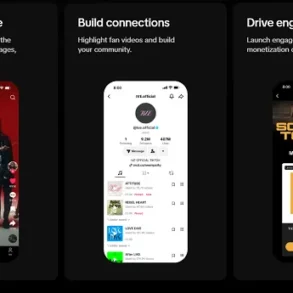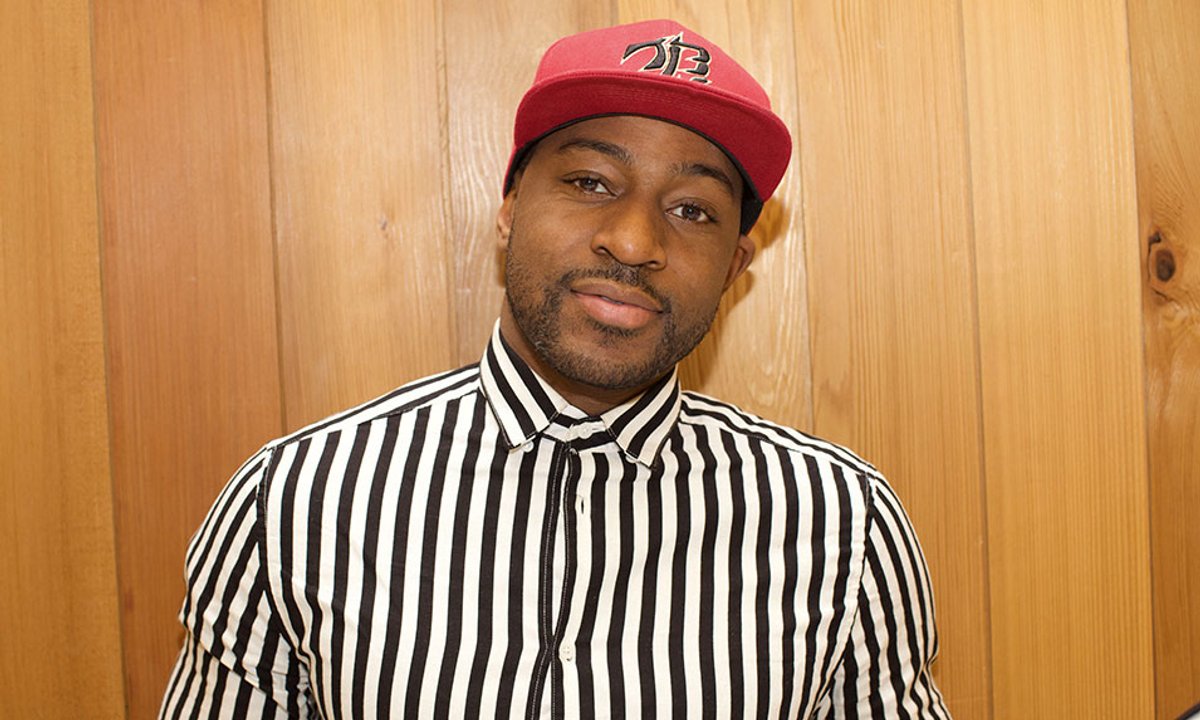
From the rise of artificial intelligence (AI) to the slow seep of influencer culture into the art world, the digital expert Haydn Corrodus shares his predictions on what trends the industry can expect from social media in 2025.
AI growing pains
Cultural organisations will increasingly use AI tools to streamline their content creation—from generating short clips from longer videos to crafting engaging copy. However, there will be growing pains as organisations strive to maintain personalisation and engaging content beats that resonate with audiences and work within organisational values. With the general public still feeling uneasy about AI usage, especially in art, organisations should consider establishing guidelines internally and create a strategy for transparent communication externally for their audiences, such as through disclaimers or behind-the-scenes insights. Be open and flexible; these guidelines will likely evolve as your team gains confidence and experience with AI tools. Regular reviews and updates can help maintain alignment with organisational values and technological advancements. The Arts Marketing Association has a policy template if you’re unsure where to start.
Keeping it niche
Forward-thinking organisations will focus on building deeper connections with niche communities, creating tailored content that resonates with a relevant audience. This shift towards prioritising quality audience following over a vanity follower count will open doors to new, digital-based revenue streams. Platforms like YouTube, Discord and Instagram will be key to building successful communities. Features such as broadcast channels—public, one-to-many messaging tools that allow organisations to engage with their most interested fans—and the “close friends” feature—which allows accounts to share special messages or announcements with only select followers—will be important tools in this growth. Remember, niche doesn’t necessarily mean small. For example, the Sacramento History Museum has built a global following primarily focusing on its printing press, with its TikTok page boasting 2.8 million followers.
Trend-spotting
Cultural organisations will continue to adopt meme culture and viral trends to gain attention and drive conversations and engagement. Art spaces like the Southbank Centre and Beamish Museum have successfully produced cultural versions of viral moments: the Beamish created its version of “when Gen-Z writes the marketing script”, and the Southbank brilliantly combined the “Brat summer” and “So demure, so mindful” trends into one post! Expect more institutions to experiment with playful, timely content to capture the zeitgeist.
Influencer power
As the creator economy expands, more cultural organisations will collaborate with influencers and thought leaders. Cultural behemoths like the Tate, the National Gallery and the Barbican have all embraced influencer marketing as part of their content and growth strategy, and I expect that the rest of the sector will follow suit. Bespoke influencer packages will be created to connect with niche and micro-influencers. This trend will also push organisations to create more platform-native, authentic content: think lo-fi aesthetics and content.
Video reigns
Longer form video content is becoming a cornerstone of social media storytelling. On platforms like TikTok and Instagram, videos exceeding 90 seconds frequently appear in “for you” and “explore” feeds, offering deeper engagement opportunities. As video storytelling techniques evolve, cultural organisations should embrace longer videos alongside their short-form content to educate and enlighten their audiences, while still adhering to the look and feel of their platforms of choice. The Tank Museum is a good example of an organisation that has video content creation down to a fine art, creating a good mix of short and long-form videos for its TikTok, YouTube and YouTube Shorts.
- Haydn Corrodus is a US-based digital consultant and social media specialist for arts organisations
This post was originally published on this site be sure to check out more of their content


